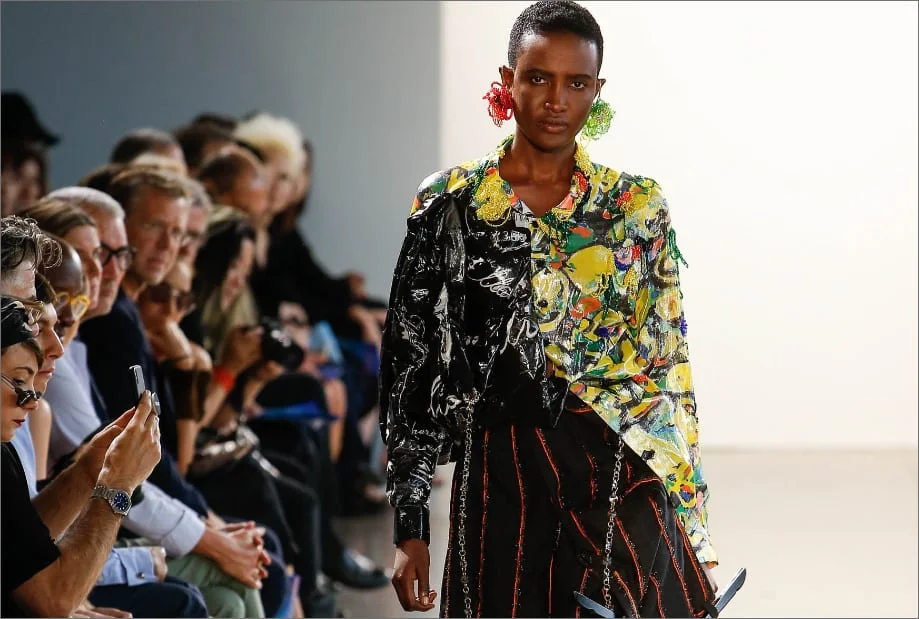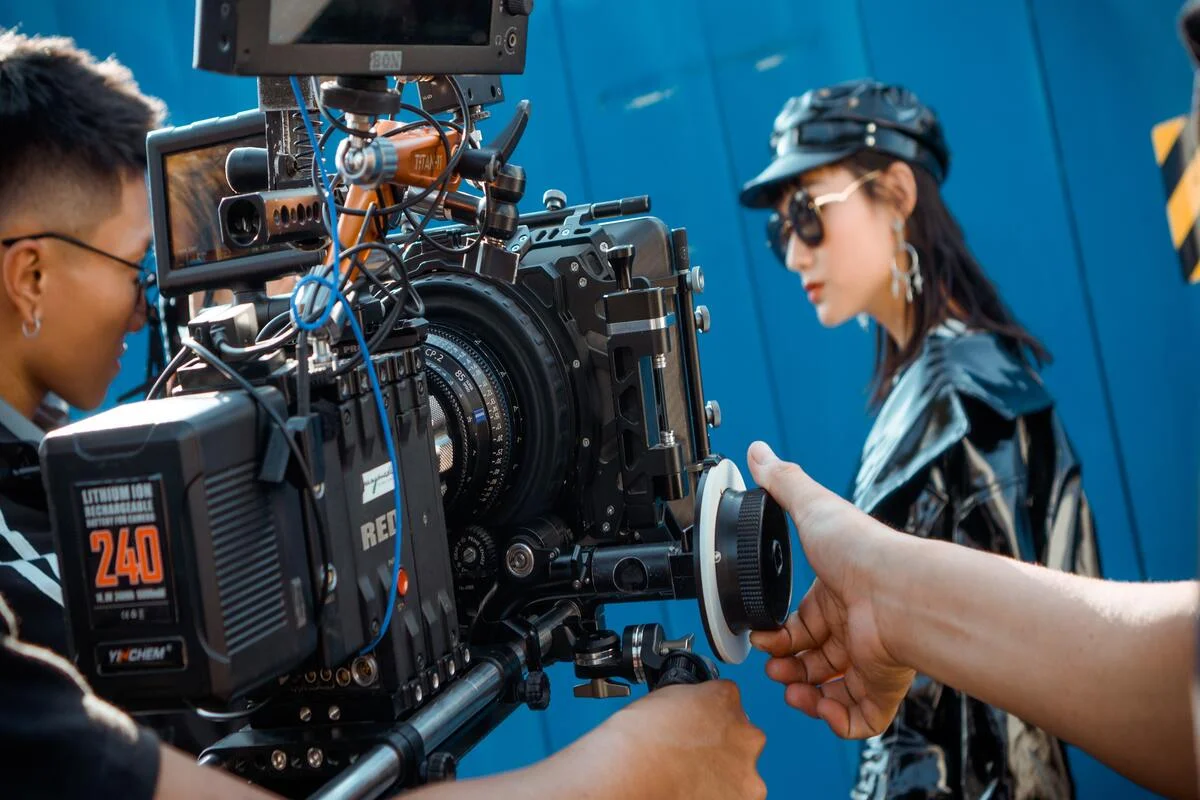Defining Neoclassical Fashion
Neoclassical fashion is a style that draws inspiration from classical Greek and Roman art and culture. It emerged in the late 18th century as a reaction against the excesses of the Rococo period, with its emphasis on ornate decoration and frilly details. Neoclassical fashion sought to bring back simplicity, elegance, and a sense of harmony to clothing designs.
The Characteristics of Neoclassical Fashion
One of the key features of neoclassical fashion is the use of clean lines and drapery. Garments were often made of lightweight fabrics such as muslin or silk, which allowed for graceful folds and pleats. The silhouette was slim and elongated, with high waistlines and a focus on the natural waist. Women’s dresses featured empire waistlines, often adorned with delicate ribbons or sashes, while men’s clothing became more fitted and tailored.
Classical Motifs and Symbols in Neoclassical Fashion
Neoclassical fashion also embraced the use of classical motifs and symbols. Ancient Greek and Roman architecture, mythology, and literature served as inspiration for patterns and prints. Garments were adorned with motifs such as laurel wreaths, Greek keys, and depictions of classical figures like goddesses and muses. These motifs were often embroidered or printed onto the fabric, adding an extra layer of elegance and sophistication to the designs.
Color Palette of Neoclassical Fashion
In terms of color palette, neoclassical fashion favored soft and muted tones. Whites, pastels, and earthy shades were commonly used, reflecting the desire for simplicity and purity. These colors also helped to accentuate the clean lines and drapery of the garments, creating a sense of timeless elegance.
Neoclassical Fashion Accessories
Neoclassical fashion was not limited to clothing alone. Accessories played a crucial role in completing the overall look. Women wore delicate bonnets or turbans on their heads, often adorned with feathers or ribbons. Jewelry was minimalistic and featured classical motifs such as cameos and intaglios. Men, on the other hand, accessorized with cravats, top hats, and walking sticks, adding a touch of refinement to their outfits.
The Influence of Neoclassical Fashion on Contemporary Designs
While neoclassical fashion originated in the late 18th century, its influence can still be seen in contemporary designs. Many fashion designers continue to draw inspiration from classical art and culture, incorporating elements of neoclassical fashion into their collections. This timeless style has proven to be a source of inspiration for countless designers, allowing them to create garments that exude elegance and sophistication.
Pursuing a Career in Fashion
If you’re interested in pursuing a career in fashion and want to learn more about neoclassical fashion and other styles, there are several educational options available. Institutions like New York University (NYU), specifically the Tisch School of the Arts or Parsons School of Design, offer comprehensive fashion programs that cover various styles and techniques. The Fashion Institute of Technology (FIT) is another renowned institution that provides extensive training in fashion design and styling. Additionally, online platforms like Yellowbrick offer specialized courses, such as the FIT Fashion Styling Foundations program, which can be a great starting point for those looking to explore different fashion styles.
Embracing Neoclassical Fashion Style
Neoclassical fashion is a style that brings together elements of classical art and culture with a focus on simplicity and elegance. Its clean lines, drapery, and use of classical motifs have made it a timeless style that continues to inspire designers today. Whether you’re interested in pursuing a career in fashion or simply appreciate the beauty of neoclassical fashion, exploring its history and influence can provide valuable insights and inspiration.
Key Takeaways
- Neoclassical fashion emerged in the late 18th century as a reaction against the ornate Rococo period.
- It focuses on clean lines, drapery, and a slim silhouette with high waistlines.
- Classical motifs and symbols, inspired by Greek and Roman art, are commonly used in neoclassical designs.
- Soft and muted tones are favored in neoclassical fashion, reflecting simplicity and elegance.
- Accessories such as bonnets, turbans, and minimalistic jewelry complete the neoclassical look.
- Neoclassical fashion continues to influence contemporary designs.
- Institutions like NYU, Parsons, and FIT offer comprehensive fashion programs for aspiring professionals.
- Yellowbrick’s FIT Fashion Styling Foundations course is a great starting point for exploring different fashion styles.
If you’re passionate about fashion and want to delve deeper into the world of neoclassical fashion and other styles, consider taking the FIT Fashion Styling Foundations online course offered by Yellowbrick. This program will provide you with valuable knowledge and skills to kickstart your fashion career. So why wait? Take the first step towards becoming a fashion expert today!








